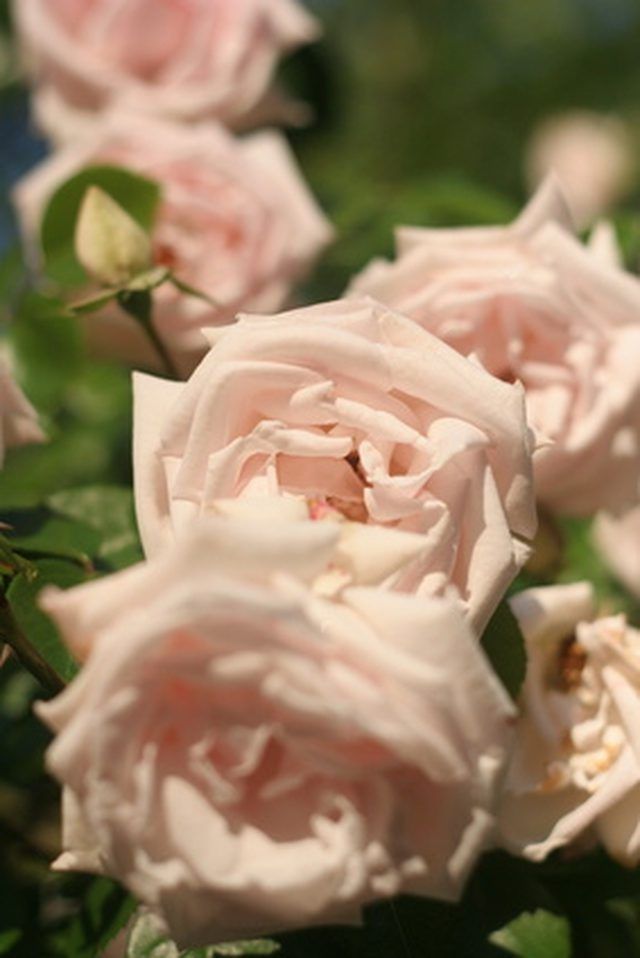Bulbs
Flower Basics
Flower Beds & Specialty Gardens
Flower Garden
Garden Furniture
Garden Gnomes
Garden Seeds
Garden Sheds
Garden Statues
Garden Tools & Supplies
Gardening Basics
Green & Organic
Groundcovers & Vines
Growing Annuals
Growing Basil
Growing Beans
Growing Berries
Growing Blueberries
Growing Cactus
Growing Corn
Growing Cotton
Growing Edibles
Growing Flowers
Growing Garlic
Growing Grapes
Growing Grass
Growing Herbs
Growing Jasmine
Growing Mint
Growing Mushrooms
Orchids
Growing Peanuts
Growing Perennials
Growing Plants
Growing Rosemary
Growing Roses
Growing Strawberries
Growing Sunflowers
Growing Thyme
Growing Tomatoes
Growing Tulips
Growing Vegetables
Herb Basics
Herb Garden
Indoor Growing
Landscaping Basics
Landscaping Patios
Landscaping Plants
Landscaping Shrubs
Landscaping Trees
Landscaping Walks & Pathways
Lawn Basics
Lawn Maintenance
Lawn Mowers
Lawn Ornaments
Lawn Planting
Lawn Tools
Outdoor Growing
Overall Landscape Planning
Pests, Weeds & Problems
Plant Basics
Rock Garden
Rose Garden
Shrubs
Soil
Specialty Gardens
Trees
Vegetable Garden
Yard Maintenance
How to Care for a New Dawn Climbing Rose
How to Care for a New Dawn Climbing Rose. A genetic mutation of the Dr. W. Van Fleet rose cultivar, the New Dawn climbing rose was the first plant to receive a United States patent. With their easy-to-train canes and large, fragrant, silvery-pink flowers, New Dawn climbing roses are among the most popular climbing rose cultivars grown in the United...

A genetic mutation of the Dr. W. Van Fleet rose cultivar, the New Dawn climbing rose was the first plant to receive a United States patent. With their easy-to-train canes and large, fragrant, silvery-pink flowers, New Dawn climbing roses are among the most popular climbing rose cultivars grown in the United States. New Dawn climbing roses grow best in USDA plant hardiness zones 5 through 10, areas where the average annual minimum temperature is at least negative 20 degrees Fahrenheit. Gardeners in hardiness zone 4 may be able to successfully grow New Dawn climbing roses by planting the bud union of their rose bush approximately three inches beneath the surface of the soil.
Things You'll Need
New Dawn climbing roses
Aged manure
Coarse peat moss
Perlite
Shovel
Spade
Nylon pantyhose strips
Drip, soaker or bubbler hose
Rose fertilizer
Pruning shears
Find a suitable location in your garden. Select a planting location that provides your climbing roses with six to eight hours of direct sunlight per day. Take advantage of the climbing aspect of your New Dawn roses by choosing a planting location near a wall, fence, trellis, pergola or arbor. Boost the nutrients in the soil at your chosen planting location by tilling aged manure, coarse peat moss and perlite into the top 12 inches of soil. Plant the New Dawn roses in your garden at the same level they were planted in their nursery container.
Train your New Dawn climbing roses to grow along your fence, trellis, pergola or arbor. Tie the sturdiest canes on your newly planted New Dawn climbing rose bush to the support using strips of nylon pantyhose. Tie the canes to the support loosely, so they won't be "choked" as they grow.
Water your New Dawn climbing roses often to keep the soil slightly moist. Use a drip, soaker or bubbler hose to provide the roses with at least one inch of water per week during dry spells.
Fertilize your New Dawn climbing roses in the spring, as soon as you observe new growth. Use a half-strength solution of a specially formulated rose fertilizer or a water-soluble general fertilizer such as Miracle-Gro, Bloom Plus or Grow More. After the first growing season, fertilize your New Dawn climbing roses twice a year, in early spring and again at the beginning of summer.
Prune New Dawn climbing roses in the spring, after the leaf buds begin to open. Use sharpened, sterilized pruning shears to remove any discolored, damaged or dead branches, canes and foliage. Pinch the dead blossoms off your climbing roses to keep them looking healthy and attractive, as well as encourage them to form new blooms. After your New Dawn roses have stopped blooming for the season, cut back the horizontal canes by half to encourage healthy new growth the following season.
Tips & Warnings
Spread three inches of mulch over the surface of the soil around your New Dawn climbing roses to help them conserve moisture. Pine straw, bark pieces and wood chips are good natural mulch choices.
New Dawn climbing roses are susceptible to infestation by aphids and spider mites. Monitor your New Dawn roses for signs of unusual insect activity and treat with a horticultural oil spray, if necessary. Horticultural oil sprays can be purchased at a garden center or nursery.